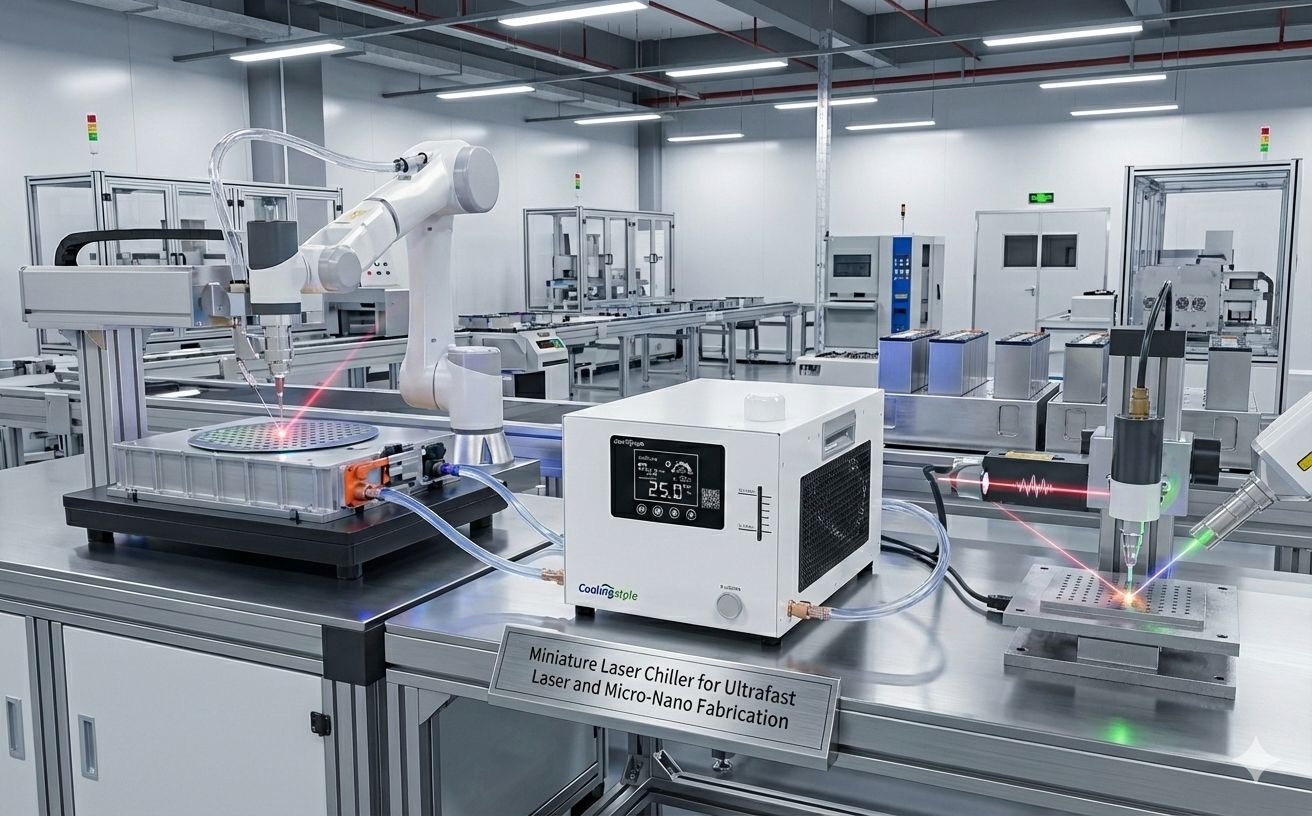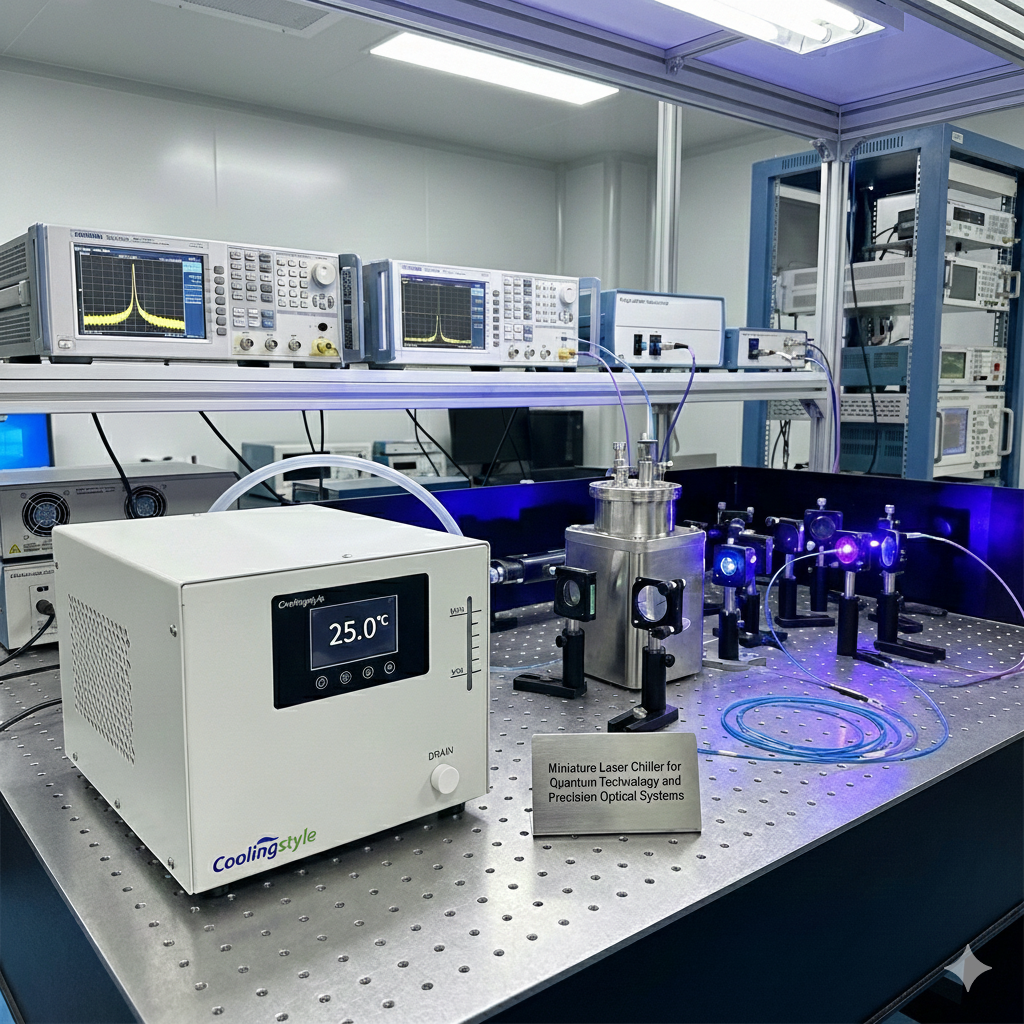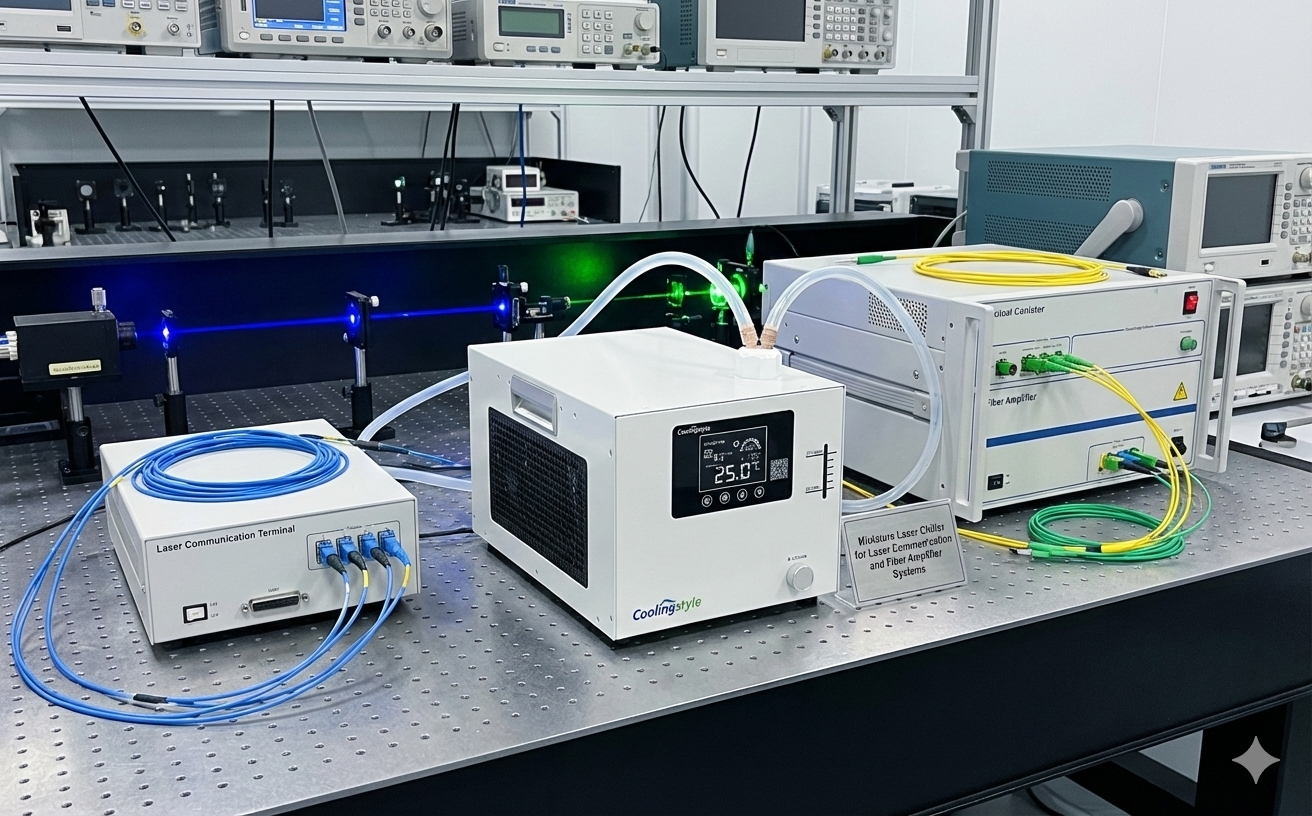With the rapid rise in electric vehicle (EV) adoption due to concerns over fossil fuels and climate change, efficient charging solutions are becoming critical. According to the International Energy Agency, the number of EVs worldwide is expected to soar from over 3 million to 125 million by 2030.
Fast-charging infrastructure is vital to support this growth, especially as drivers travel longer distances. However, fast charging generates significant heat, making thermal management systems indispensable for ensuring safety, efficiency, and durability. Among the available solutions, liquid cooling systems stand out as the most effective approach.

What Are Electric Vehicles?
Electric vehicles (EVs) use batteries instead of fossil fuels to power their motors, significantly reducing emissions and environmental impact. By charging the battery with electricity, EVs eliminate the need for combustion, offering benefits such as:
- Improved energy efficiency
- Pollution-free operation
- Lower environmental footprint
Despite these advantages, charging infrastructure remains a challenge, particularly the need for fast, widespread charging stations. As charging rates increase, so does heat generation, necessitating advanced cooling technologies to maintain efficiency and safety.

The Importance of Cooling Systems in EVs
Efficient cooling systems are essential for maintaining battery performance and safety. High temperatures during charging can lead to:
- Battery degradation: Reduced capacity and shorter lifespan.
- Thermal runaway: Overheating that may result in fires or explosions.
- Uneven performance: Variations in cell temperatures cause inconsistent charging and discharging.
Thermal management ensures batteries remain within a safe temperature range, improving efficiency and preventing hazards. Among the available solutions, liquid cooling systems have emerged as the most efficient and reliable.
What Are Liquid Cooling Systems?
Liquid cooling systems offer superior heat extraction compared to air cooling, thanks to the higher density and heat capacity of liquids. These systems are compact, energy-efficient, and quieter, making them ideal for modern EVs and charging stations.
Types of Liquid Cooling Systems
Offers mechanical and electrical safety, making it suitable for mass-market EVs.
Direct Liquid Cooling
Uses dielectric fluids to immerse battery cells for even cooling.
Ideal for high-performance applications but costly and complex.
Indirect Liquid Cooling
Utilizes coolant tubes or plates to transfer heat from batteries.
Why Liquid Cooling Is Ideal for EV Charging Stations
As EV charging rates increase, traditional air cooling systems fail to meet the demands of fast-charging infrastructure. Liquid cooling systems address these challenges effectively:
Advanced designs minimize risks of overheating, leaks, and short circuits, ensuring safe operation in demanding environments.
Superior Heat Dissipation
Water has 3,500 times the heat capacity of air, making it far more efficient in removing heat.
Compact Design
Liquid cooling systems are smaller and easier to integrate into charging stations.
Energy Efficiency
Consumes less energy compared to air cooling systems, lowering operational costs.
Enhanced Durability
Sealed systems prevent dust and debris from reducing cooling efficiency, ensuring long-term reliability.
Safer Operation
Coolingstyle: A Leader in Liquid Cooling Technology
Among the many liquid cooling solutions available, Coolingstyle’s water chillers stand out for their efficiency, durability, and cost-effectiveness.
Featured Product: 5U Rack-Mounted Chiller
- Cooling Capacity: 1000–1200W
- Compact Design: Space-saving rack-mounted setup
- Precision Control: Maintains temperature stability within ±0.1°C
- Energy Efficiency: Low power consumption with advanced frequency conversion technology
Coolingstyle chillers are ideal for EV charging stations, ensuring fast, reliable cooling for high-demand applications.
Conclusion
As EV adoption accelerates, fast and efficient charging infrastructure is critical to support this transition. Liquid cooling systems, with their superior heat dissipation, compact design, and energy efficiency, have become the preferred solution for thermal management in EV charging stations.
With innovative products like the Coolingstyle 5U Rack-Mounted Chiller, the industry is well-equipped to meet the challenges of rapid EV growth, delivering reliable and sustainable solutions for the future of transportation.
One of their most excellent products is their 5U Rack-mounted Chiller, which has a cooling capability of 1000-1200W. It is perfect for use in an EV charging station.






